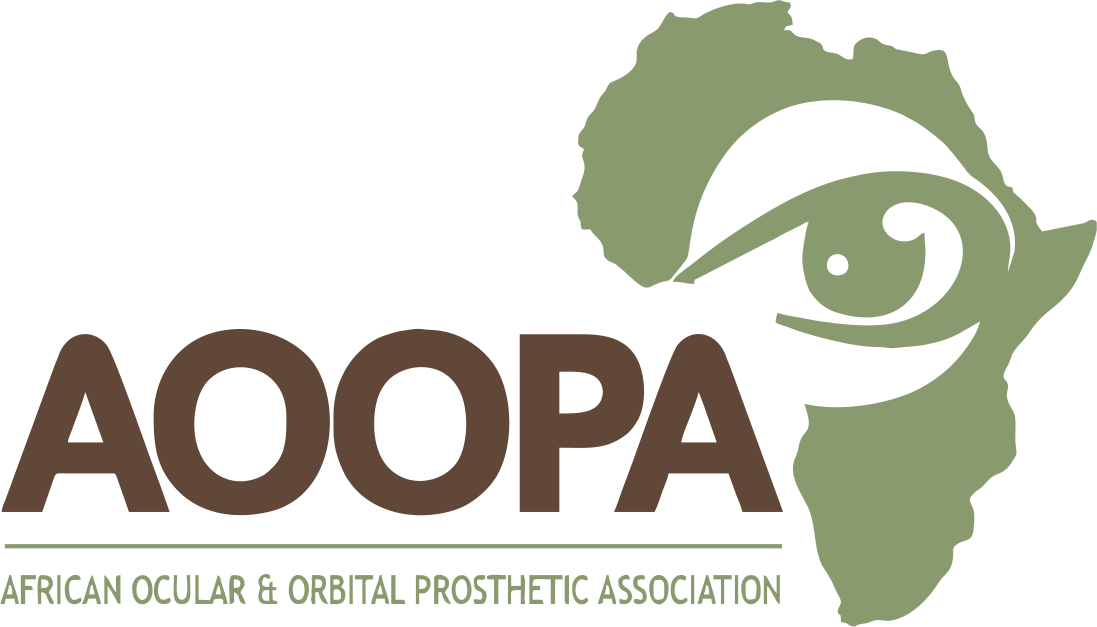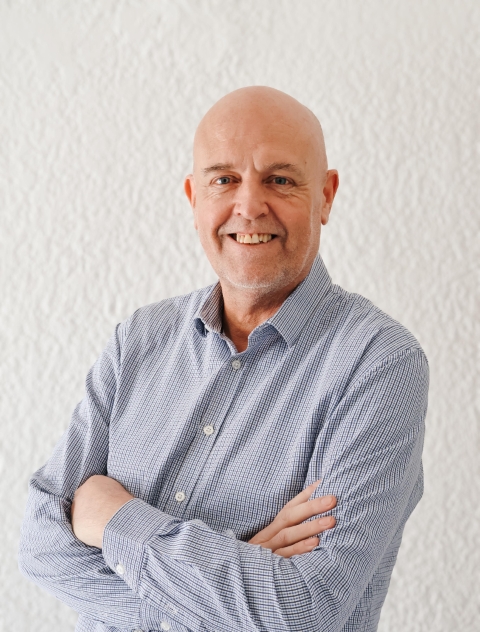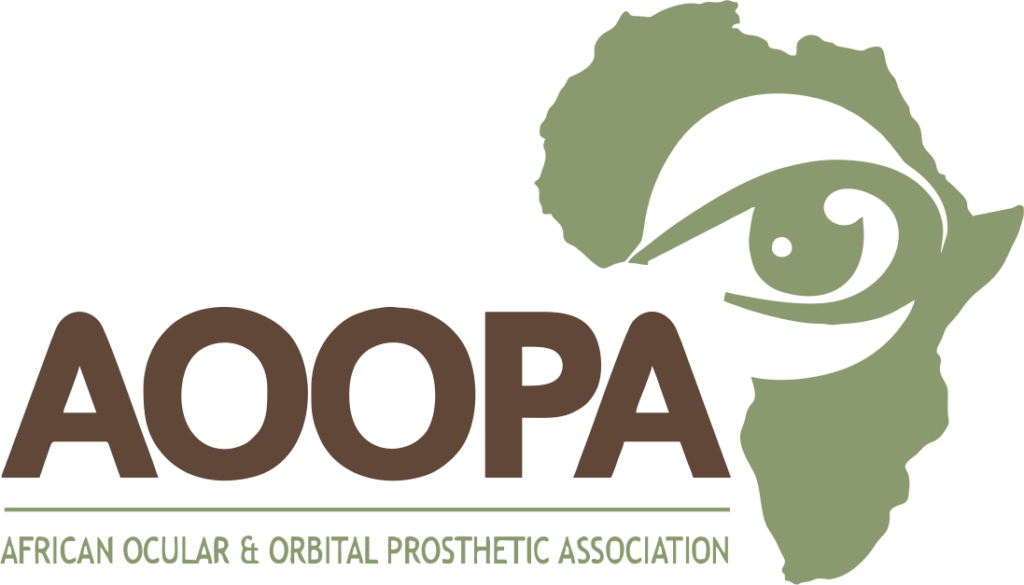
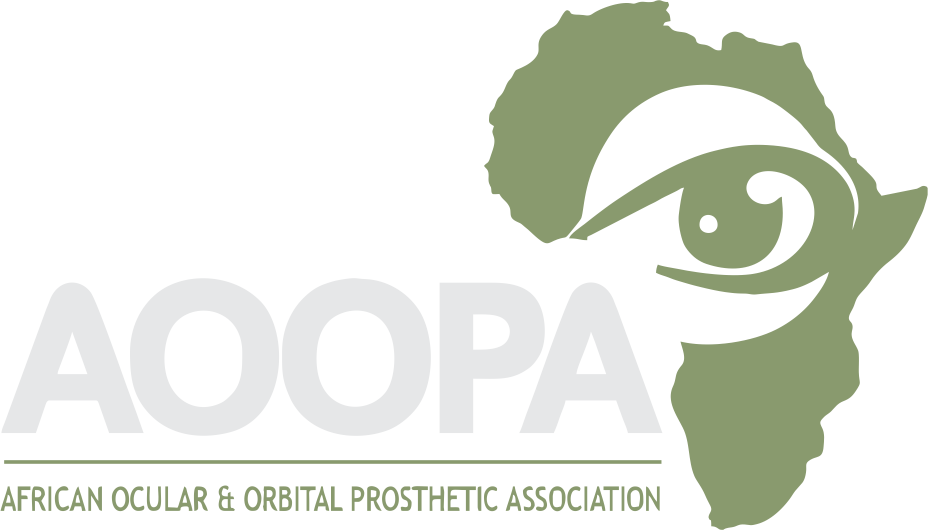
AFRICAN OCULAR AND ORBITAL PROSTHETIC ASSOCIATION
The purpose of this association shall be to promote quality patient care, products, and related support services in Ocular and Orbital prosthetics by supporting the development of best practices in orbital and other relevant facial prosthetics through quality professional services and products, innovation, networking, publication, training, and advocacy opportunities in South Africa and the rest of Africa (as, when, and where applicable).
Mission Statement: Section One
The purpose of this association shall be to promote quality patient care, products, and related support services in Ocular and Orbital prosthetics by supporting the development of best practices in orbital and other relevant facial prosthetics through quality professional services and products, innovation, networking, publication, training, and advocacy opportunities in South Africa and the rest of Africa (as, when, and where applicable).
Mission Statement: Section Two
The Association strives to support efforts that improve the quality and availability of the related health services to underserved populations and others in need of the relevant health services.
Mission Statement: Section Three
The Association strives to be non-commercial, non-political and non-partisan, while also promoting and protecting the collective interests of its members in good standing.
FIND AN OCULARIST OR A FACIAL/ORBITAL/OCULAR PROSTHETIST
All ocularists at AOOPA are registered with the Consumer Goods and Services Ombudsman. In addition, we are required to be registered with SAOA in order to practice, and we are also proud members of SASOPS and OSSA.


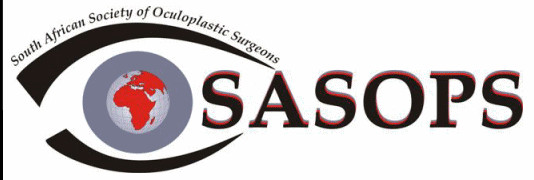
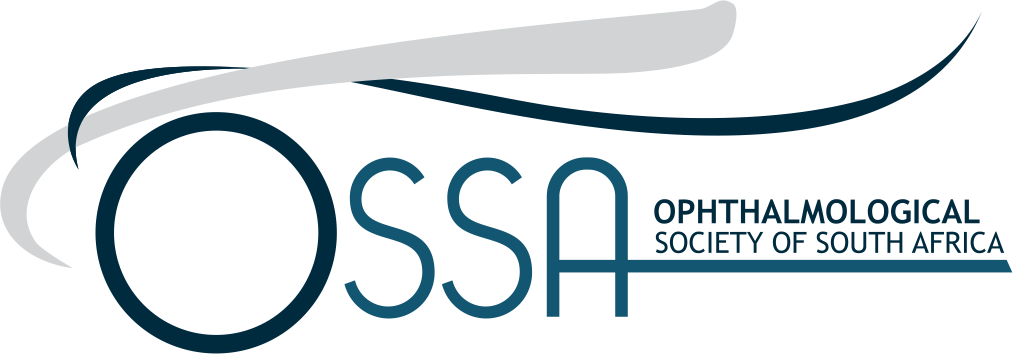
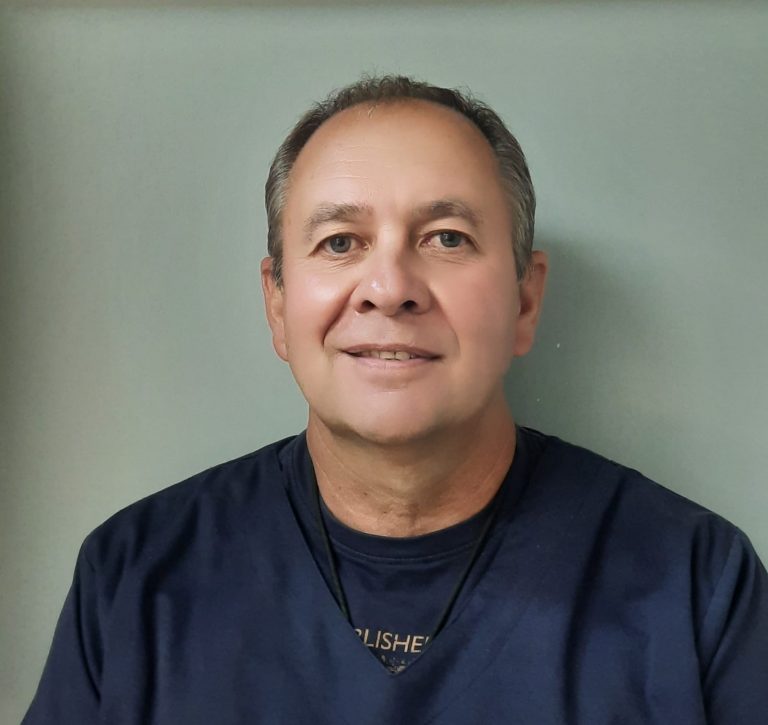
JÖRGEN
CIESLIK
ARTIFICIAL EYE CENTRE
Jorgen Ocularist Centre
Practice No. 0900040063908
038 Boshoff Street
Krugersdorp
1739
Service Areas
- Krugersdorp, (Opposite Krugersdorp Private Hospital)
- St. Johns’ Eye Clinic Baragwanath Hospital, Soweto
- Nelspruit Eye Institute
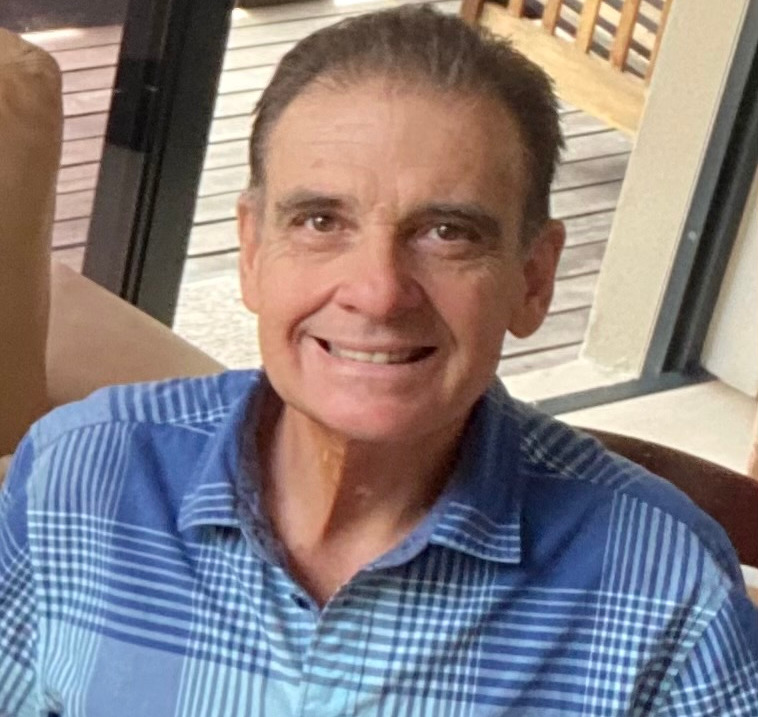
DANIE
VAN DER LINDE
Vida Trumpelmann trading as Ocular Impressions
Practice No.: 0900040091049
14 Keerweder Street
Vredelust, Belville
Service Areas
- Cape Town
- Port Elizabeth
- Windhoek, Namibia
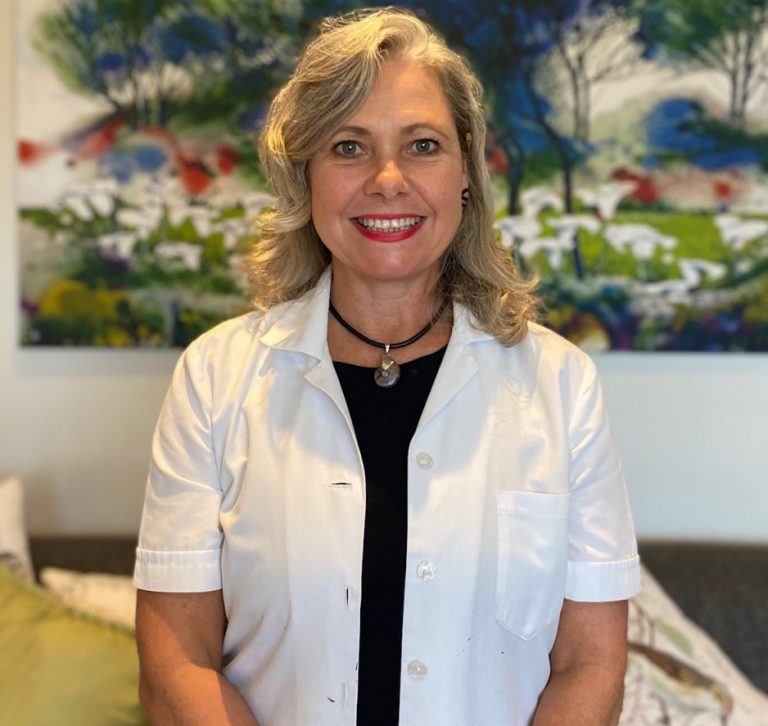
VIDA
VAN DER LINDE - TRUMPELMANN
Vida Trumpelmann trading as Ocular Impressions
Ocularists and
Dispensing Opticians
Practice No.: 0900040091065
14 Keerweder Street
Vredelust, Belville
Service Areas
- Cape Town
- Port Elizabeth
- Windhoek, Namibia
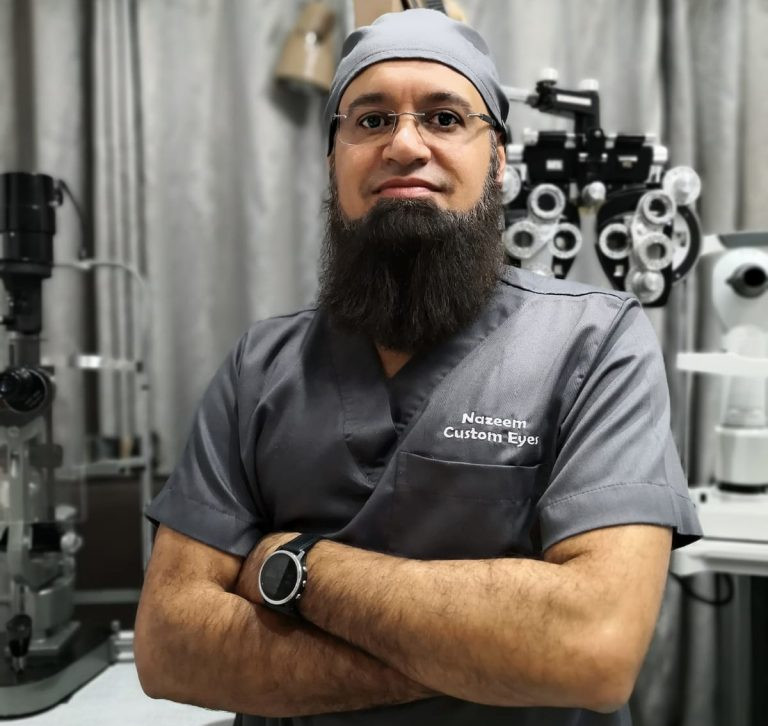
NAZEEM
DESAI
Custom Eyes
Practice No. 0900040066141
183 Anderson Avenue
Northcliff
Service Areas
- Randburg
- Johannesburg
- De Deur
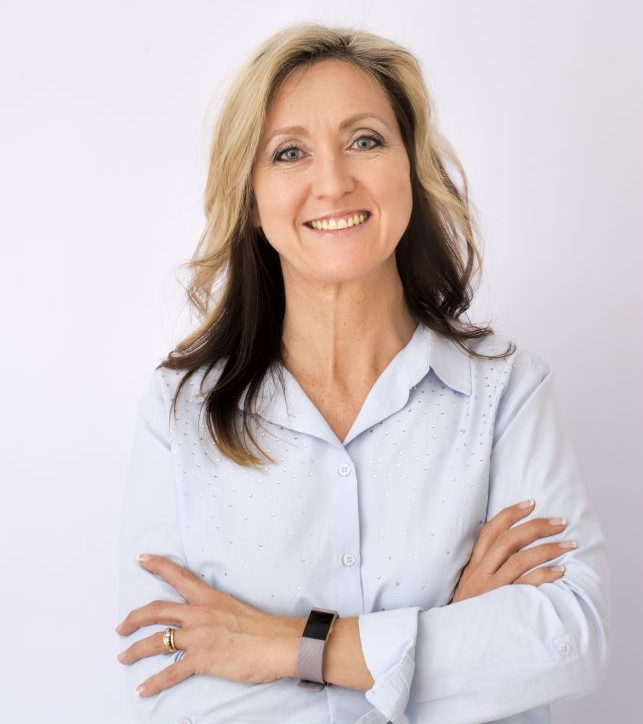
CHARMAIN
VAN DRUTEN-LUYT
Artificial Eye Aid and Care
Practice No. 0900040064327;
90 Amajuba Street
Noordheuwel
Krugersdorp
1739
Service Areas
- Pretoria
- Vanderbijlpark
- Bloemfontein
- East London
- George
- Witbank
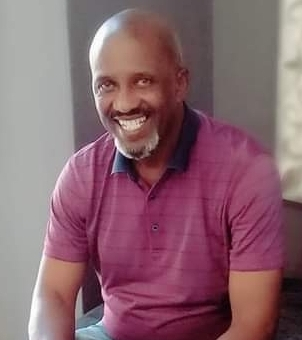
THOMAS
KUBHEKA
Bhungani Artificial Eye Services
Practice No. 0900040241040
38 Windsor Place
12 th Avenue
Alexandra
Wynberg
Service Areas
- Pretoria
- Witbank
- Soweto
- Bloemfontein
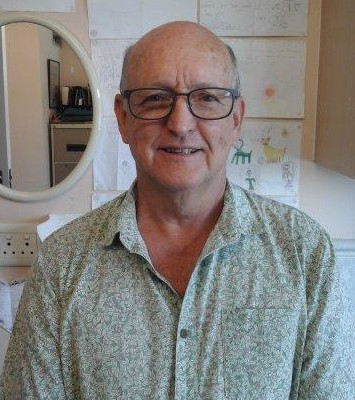
PETER
FURBER
Eyecraft Laboratory
PJ Furber trading as Ocularist
Practice No.0900040071234
42 Mackeurtan Avenue
Durban North
Service Areas
- Durban
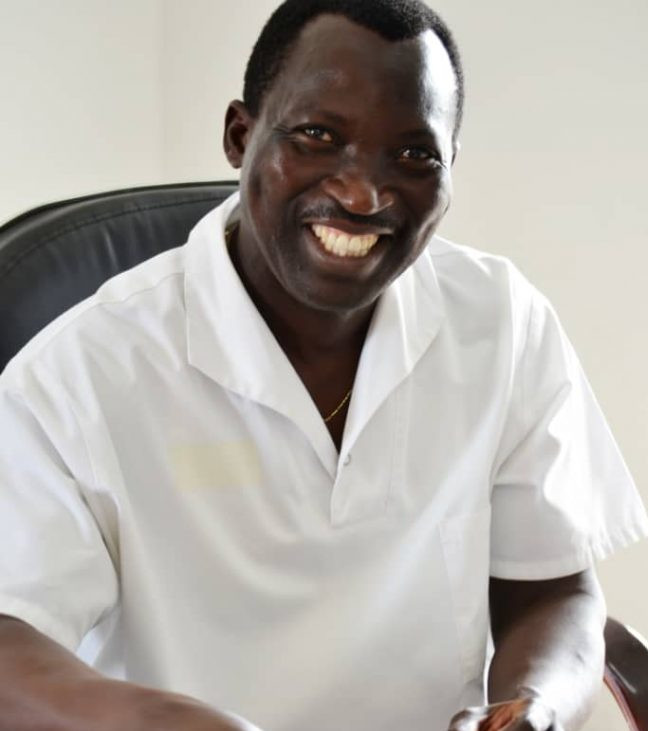
MICHAEL
NGAKOUE
(International member - Cameroon)
Centre de Prothèses Oculaires Cameroon
Sable-Bonamoussadi Ancien Immeuble
Maison du Plombier 2 ème étage
Duala
Cameroon
Service Areas
- Cameroon
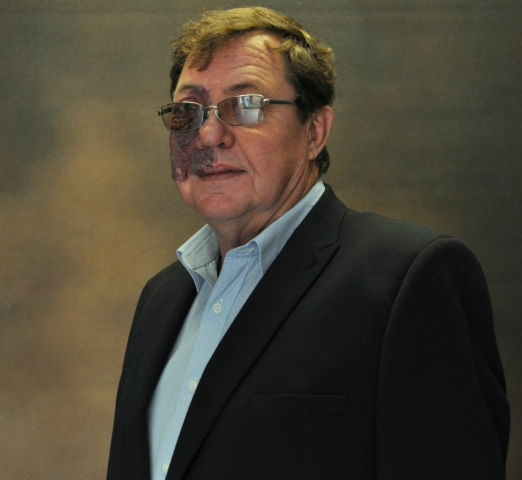
GAVIN
DOWNWARD
Gavin Downward T/A Gavin Downward Ocularists
Practice No. 090 004 0063878;
98 on 4th Avenue
Melville
Johannesburg
Service Areas
- Johannesburg
- Klerksdorp
- Rustenburg
- Medicross Kimberley
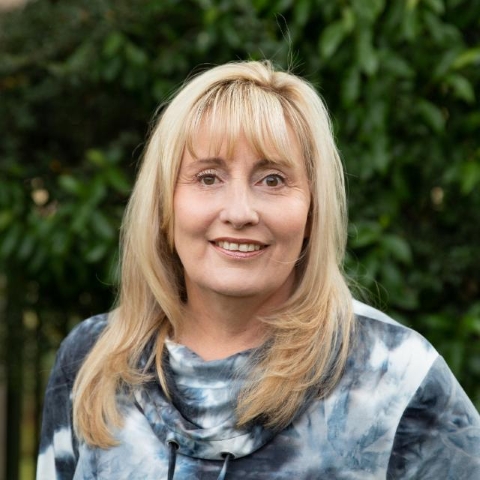
CHANTAL
DOWNWARD
Chantal Downward T/A Chantal Kritzinger Ocularist
Practice No. 090 004 0063886
206 Cape Road
Mill Park
Port Elizabeth
Service Areas
- Port Elizabeth
- Johannesburg
- Medicross Kimberley
FAQ
HOW DO I GET TRAINING IN FACIAL/ORBITAL/OCULAR PROSTHETICS?
For more information on training in facial/orbital/ocular prosthetics, or in artificial eye making, please send an email to president@aoopa.co.za or secretary@aoopa.co.za. Alternatively, you can email any of our practitioners that are listed on the AOOPA Website and they will be able to assist in the provision of the relevant information.
WHAT DOES POLISHING OF A PROSTHESIS ENTAIL?
This is the process whereby the prosthetist/ocularist uses special polishing compounds designed for the specific acrylic used to manufacture the artificial eye.
Polishing brings the anterior and posterior aspect of the prosthesis back to its original lustre.
This process should be done every 6-12 months. Some people who cannot handle their own prosthesis visit their ocularist every 2-3 months.
It takes approximately 15-30 minutes. The prosthetist/ocularist will also check the socket and surrounding tissue.
Some have found the following books helpful; “A Singular View. The Art of seeing with one Eye” By Frank B Brody and “A Different Perspective.Your Guide to Eye Loss & Recovery” by Paul Geelen and Jenny
Geelen.
IS THERE ANYTHING I SHOULD WATCH OUT FOR, OR ANY SITUATIONS THAT I SHOULD TAKE CARE OF NOW THAT I HAVE ONLY 1 EYE?
There’s no easy answer, generally the socket must stay well lubricated as dryness can result in a host of complications, one being a condition called Giant papillary conjunctivitis.
This is most debilitating for artificial eye wearers as it results in a thick, sticky discharge and can only be treated properly on removal of the artificial eye for a lengthy period of time. A medicated drop/ointment is often advised if such a condition occurs. To prevent this situation would be to visit to your prosthetist/ocularist once a year (sometimes once every 3-6 months if you suffer from dryness or other problems) your prosthetist/ocularist can examine your prosthesis, socket tissue, and cleaning regimen with you as well as give other suggestions.
It is not uncommon to experience dryness and irritation in smoky atmospheres as well as air-conditioned rooms or rooms with central heating. In some areas for instance, summer could promote more of a problem with the dry, hot, windy conditions and the high pollen count in early summer. Hay fever as well as other allergies can also cause irritation to the socket, and sadly antihistamines can cause further dryness. It is always a good idea to use a good lubricant. Contact your nearest prosthetist/ocularist for more info about lubricants. Please remember the front and back surface of the prosthesis must always be smooth and shiny.
We have found that the most common cause for losing an artificial eye is in the sea – be careful when body surfing, surfing or skiing! Generally, an artificial eye should not dislodge or “fall out” if properly fitted.
It’s not unusual for a patient to suffer from latent psychological shock from the loss of the eye, even years later. It is advisable to speak to a counsellor or psychologist about this.
Although many artificial eye wearers choose not to wear glasses, it could be a consideration as they are an added protection and can even add to the final cosmetic appearance. We can advise patients on
accessories or ways to improve the overall cosmesis.
For any queries about your facial or orbital prosthesis contact your facial prosthetist/ocularist.
Finally, have your sighted eye checked regularly (at least once a year) by your eye care practitioner or ophthalmologist.
FACIAL PROSTHETISTS/OCULARISTS CAN BRIEF YOU ABOUT
- What results to expect, how your facial/orbital/ocular prosthesis would look like, show you case studies, e. g. will my eye move etc. photographs and relate experiences.
- The fitting procedures will be discussed in full to alleviate any potential anxiety. This is NOT a painful procedure.
- Schedule bookings – expect between 3-6 appointments of approximately 1-2 hours each, depending on the complexity.
- Generally, familiarize the patient with the manufacturing process and concepts – answer all questions.
- Discuss medical aid coverage or alternative payment schedules.
- Patients briefed as to lifespan of prosthesis. (approx. 5 years)
- Anxiety is totally normal. That is why a patient is encouraged to consult the facial prosthetist/ocularist who deals with the traumas and fears of people in this predicament. Often the patient sees the facial prosthetist/ocularist before he or she has undergone the initial operation or removing of the eye. This can be most encouraging for the patient and family members and this service is usually totally free of charge.
We have a fantastic ‘support’ group made up of people who have experienced first-hand what you are now going through. For patients who have a child or baby in this situation it is especially encouraging.
Please contact the facial prosthetist/ocularist to gain access to the qualified members for this opportunity.
ARE THERE OTHER INTERNATIONAL FACIAL PROSTHETIST/OCULARIST ASSOCIATIONS?
There are several prosthetic associations.
The most well-known is the American Society of Ocularists – ASO and the AEO, which is the Association of European Ocularists. There are Associations in Australia, South America and India.
I HAVE LOST MY EYE! WHAT NOW?
Your ophthalmologist or optometrist should be able to assist in referring you to a reputable facial prosthetist/ocularist. Arrange a consultation with a facial prosthetist/ocularist – allow approximately 1 ⁄_2 to 1, 1 ⁄_2 hours.
WHAT TRAINING SHOULD A FACIAL PROSTHETIST/OCULARIST HAVE?
A facial/orbital prosthetist possesses additional skills compared to ocularists. An Ocularist cannot manufacture facial/orbital prostheses, while the facial/orbital prosthestist is also a fully trained ocularist.
A skilled facial prosthetist/ocularist should have at least 3 years (preferably 5) WIL/apprenticeship-based training coupled with a theory component; this should be supervised by a senior facial prosthetist/ocularist and moderator. Training does not stop here though. As technology improves, so your facial prosthetist/ocularist should endeavour to keep abreast of all the latest info, manufacturing and fitting techniques, digital technology, as well as product and material updates. All facial prosthetists/ocularists have to adhere to a CPD policy to facilitate ongoing education.
IS THERE A SOUTH AFRICAN SOCIETY OF FACIAL PROSTHETISTS/OCULARISTS?
There is only one facial/orbital/ocular prosthetic Association in South Africa, namely AOOPA, which is the African Orbital and Ocular Prosthetics Association. AOOPA deals with facial/orbital/ocular prosthetics and manufacture artificial eyes.
There is also OASA, which is the Ocularists Association of Southern Africa. OASA only includes ocularistry within its scope of practice. Facial/orbital prosthetics are excluded.
DO MEDICAL AID PROGRAMMES/INSURANCE COVER THIS?
We are contracted into many medical aids. If medical aid cover is available, it is in the interests of the patient to ascertain authorization for it; however, your facial prosthetist/ocularist will gladly assist in providing the necessary measures to obtain full benefits from your policy.
HOW MUCH DOES A FACIAL/ORBITAL PROSTHESIS OR AN ARTIFICAL EYE COST?
In South Africa it varies greatly, and you are encouraged to discuss this personally with your facial/orbital prosthetist or ocularist. It is difficult for a facial/orbital prosthetist/ocularist to quote for the work without having examined the patient. The government gazetted pricelist is used as a guide.
HOW OFTEN SHOULD I VISIT A FACIAL/ORBITAL/OCULAR PROSTHETIST/OCULARIST?
The artificial eye, like a hard contact lens, needs to be polished regularly in order to restore lustre finish and ensure that the surrounding tissues are sound (e. g. Giant Papillary Conjunctivitis – a condition that manifests under the top lid if the prosthesis has not maintained a smooth anterior\front surface. This condition causes pussy discharge, and the lens or prosthesis will have to remain out of the socket for a lengthy period of time for it to recover. A loose-fitting prosthesis can also cause irritation and a weepy socket. Speak to your facial/orbital/ocular prosthetist about this).
Infants and young children are seen every 3-6 months (It is important to maintain an accurate fit in the socket for the benefit of optimum growth of the bony orbit as well as maintaining satisfactory lid apertures)
All patients should see their facial/orbital/ocular prosthetist at least once every 6-12 months in order to maintain the socket and prosthesis in the best possible condition.
WHAT IS THE DIFFERENCE BETWEEN STOCK AND CUSTOM-MADE EYES?
Ready-made or stock artificial eyes are mass-produced. A custom-made artificial eye on the other hand, is custom madeby your ocularist to fit you and you alone, matching as much detail as possible.
Stock artificial eyes can be worn as a temporary prosthesis.
Stock eyes are chiefly supplied by the state hospitals at a subsidised rate.
WHAT ARE FACIAL/ORBITAL PROSTHESES AND ARTIFICIAL EYES MADE FROM?
Facial/orbital prosthesis is an artificial replacement of an eye, ear, nose or other portion of the face that restores normal appearance. The prosthesis is custom made of medical grade silicone rubber to suit and fit the individual patient.
Modern artificial eyes are made from Polymethyl methacrylate (PMMA) – a hard durable plastic, and not glass as many people still think of artificial eyes being made from.
Glass eyes have a comparatively short lifespan of approximately 24 months. Socket secretions and tears will gradually etch the surface of the glass eye, and such imperfections are impossible to polish off leaving no alternative but to replace the eye.
Acrylic eyes are the preferable choice, providing a much better fit. They can be cut, polished and adjusted for comfort, the colour is easier matched to the existing eye, and they are not as fragile as glass eyes, Acrylic eyes are also easier to maintain.
WHAT DOES A FACIAL/ORBITAL/OCULAR PROSTHETIST/OCULARIST DO?
A facial prosthetist/ocularist is a carefully trained technician skilled in the arts of fitting, shaping, and painting facial/orbital/ocular prostheses. In addition to manufacturing the prosthesis, they show the patient how to handle and care for the prosthesis and provide long-term care through periodic examinations. They are also trained to identify problems associated with prosthetic wearers and can often direct or assist patients in this regard.
WHAT IS AN ARTIFICIAL EYE?
An artificial eye is properly known as an ‘ocular prosthesis’ (ocular – related with the eye and prosthesis – an artificial appliance that simulates a real organ) It is worn in the person’s ‘socket’ (a ‘pouch’ behind the eyelids that has been created surgically when their real eye has been removed) and gives the cosmetic appearance of the person having two normal eyes – the ocular prosthesis cannot see.
